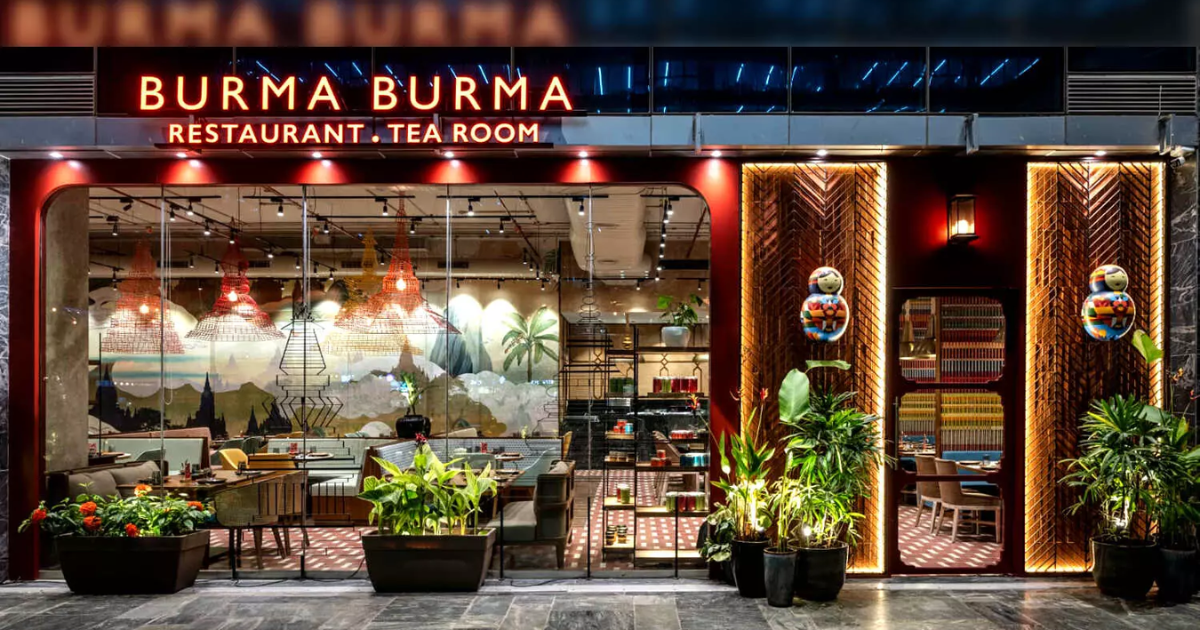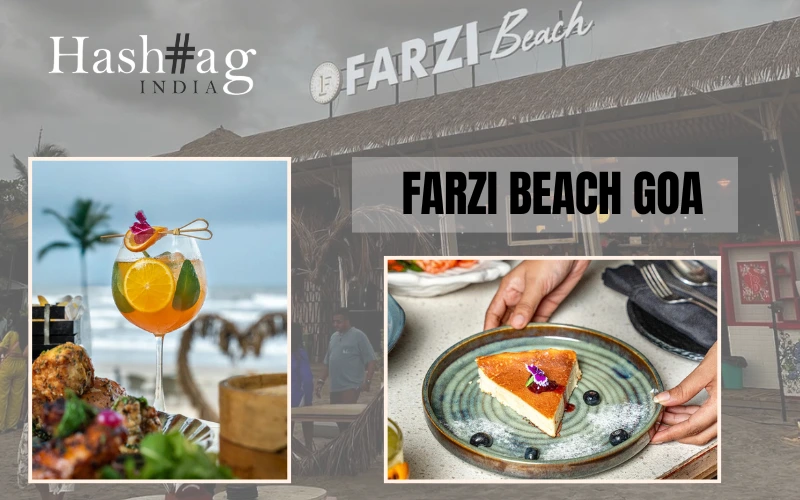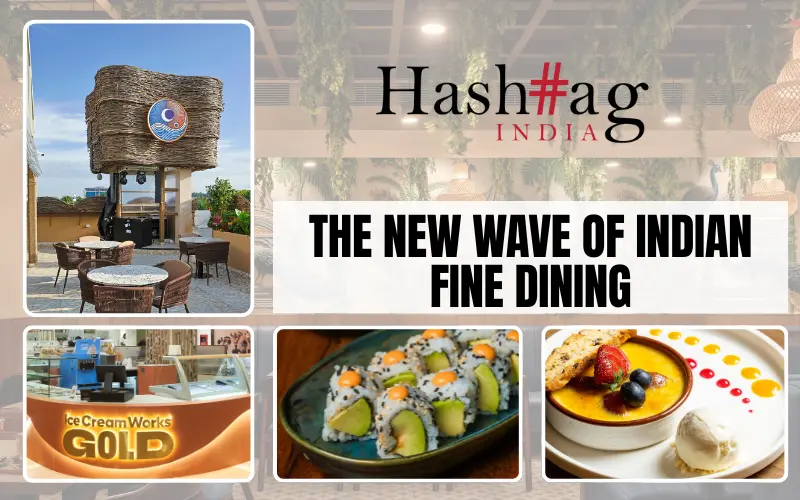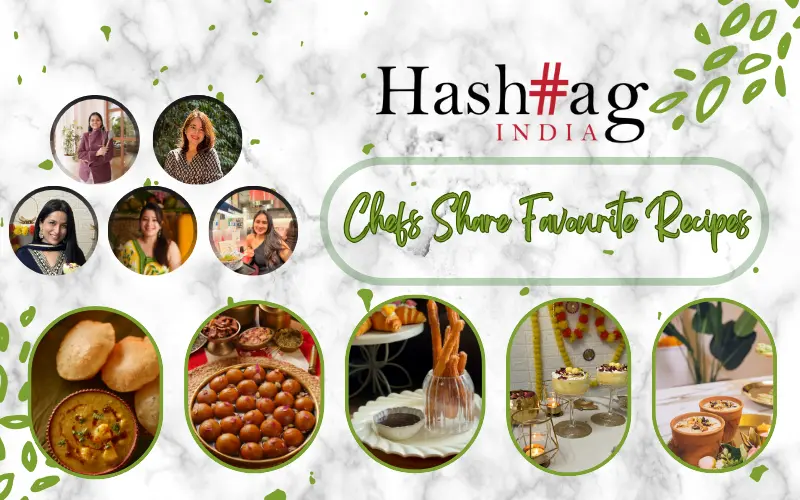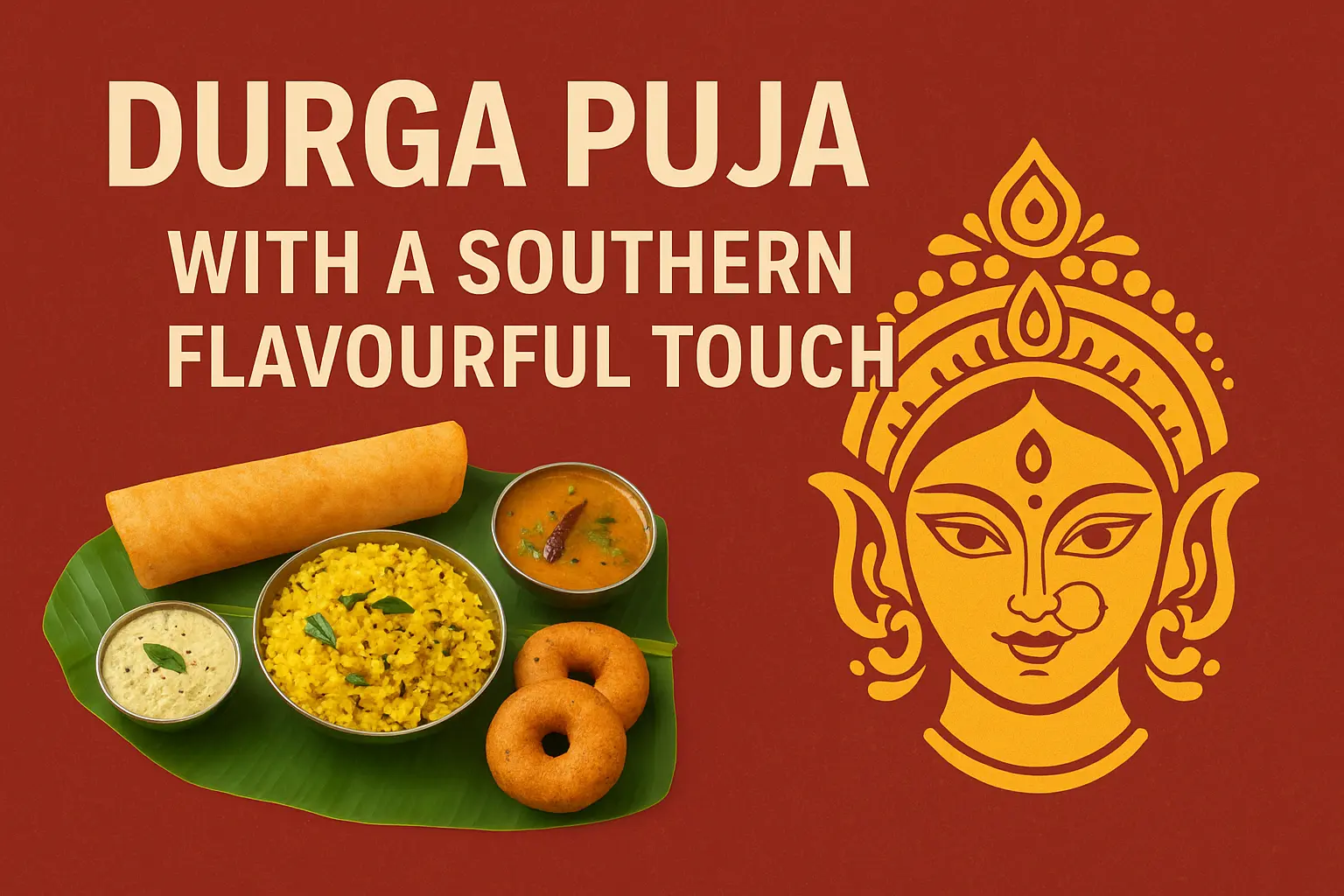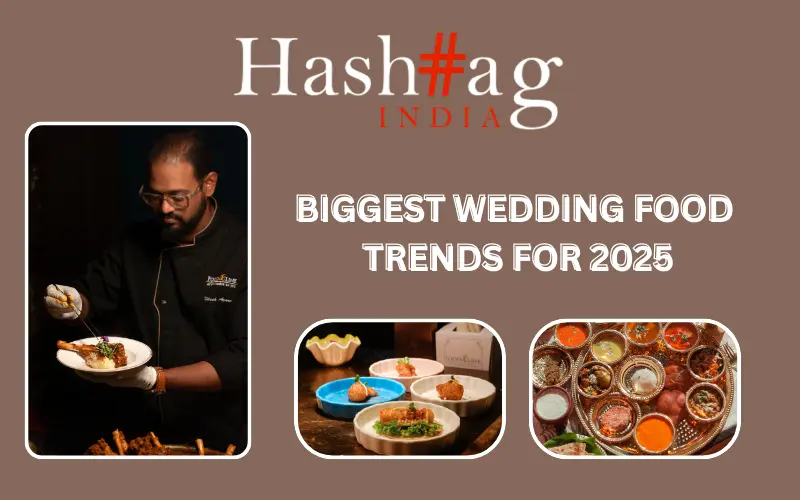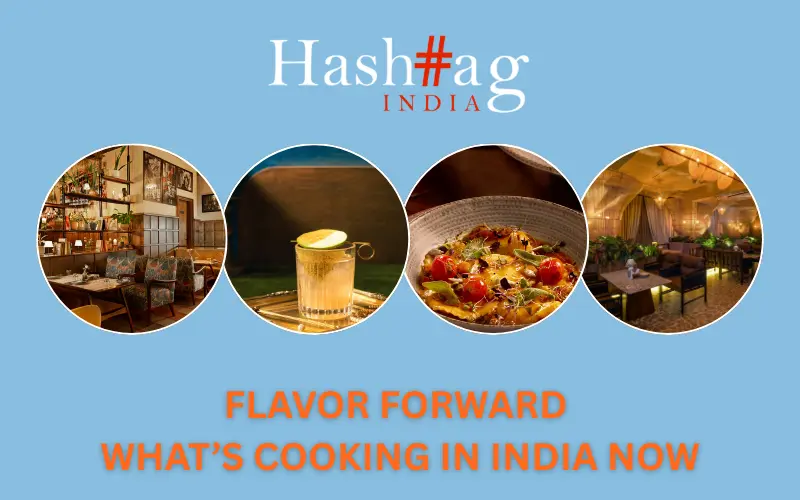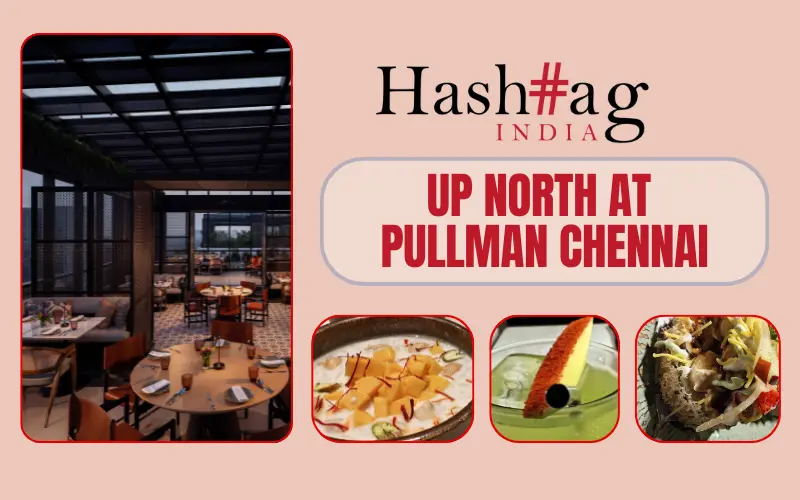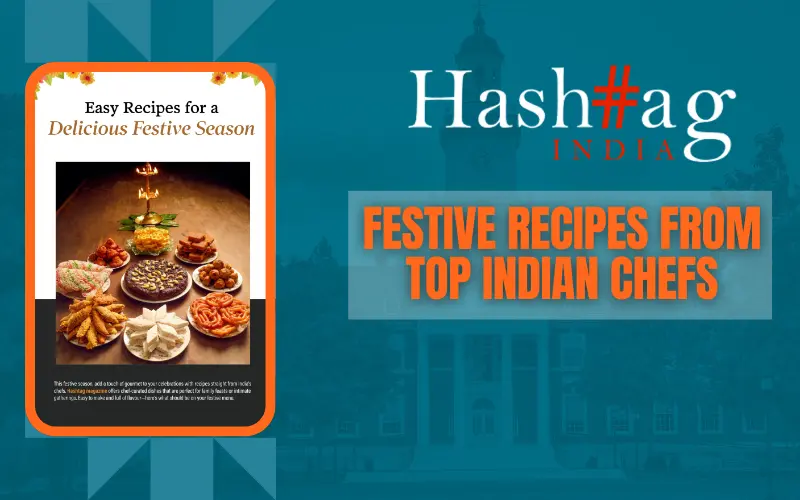Welcome to the tantalizing world of Burma Burma, where flavors of Myanmar come to life in the heart of Hyderabad. Nestled in the city’s culinary landscape, Burma Burma is more than just a restaurant; it’s a journey inspired by the authentic Burmese cooking passed down through generations. Co-founder Ankit Gupta’s homage to his mother’s culinary heritage brings forth a symphony of spices, textures, and aromas that promise to transport you to the bustling streets of Myanmar.Swati Sucharita brings you the low-down.
“My mother, Urmila Gupta, was raised in Burma, now Myanmar, but her family had to flee to Mumbai in the wake of the political coup of 1960. Growing up as a child, I was vaguely aware that the spice boxes in our kitchen were quite distinct from our Indian spice box. Gradually, the curiosity took me through travels to Burma and explored Burmese food, which has several cross-cultural influences, such as Indian, Thai, and Chinese too,” shares Ankit, who was born into a family of restauranteurs.
Having found a like-minded partner in childhood friend Chirag Chajjer, who also realized that there was a niche market for Burmese cuisine as there was no restaurant offering the same, the duo began scripting the success story of Burma Burma from the year 2014, when they opened the first outlet in Mumbai. Burma Burma already has a presence across Mumbai, Bengaluru, Delhi NCR, Kolkata, and Ahmedabad, and now in Hyderabad, the largest outlet, spanning about 4,000 sq. feet.
Ethnic Chic Vibe
The 120-seater restaurant and tea room, located in the heart of the buzzing F&B space which defines Knowledge City today, has an ambience that is warm, well-lit (by abundant natural light from the verdant green and clean surroundings), and ethnic chic, highlighting the handicrafts of Burma. Right from the colourful Burmese dolls greeting you at the entrance door to the large wire work pagoda installations (for lights) or the neat bamboo weave cladding on the walls in private dining booths, stone painted walls, pagoda lampshades over tables and lovely artefacts, like the blue papier mache elephants and Buddhist statues and relics on a shelf in the private dining room, it is the aesthetic design which grabs your attention.
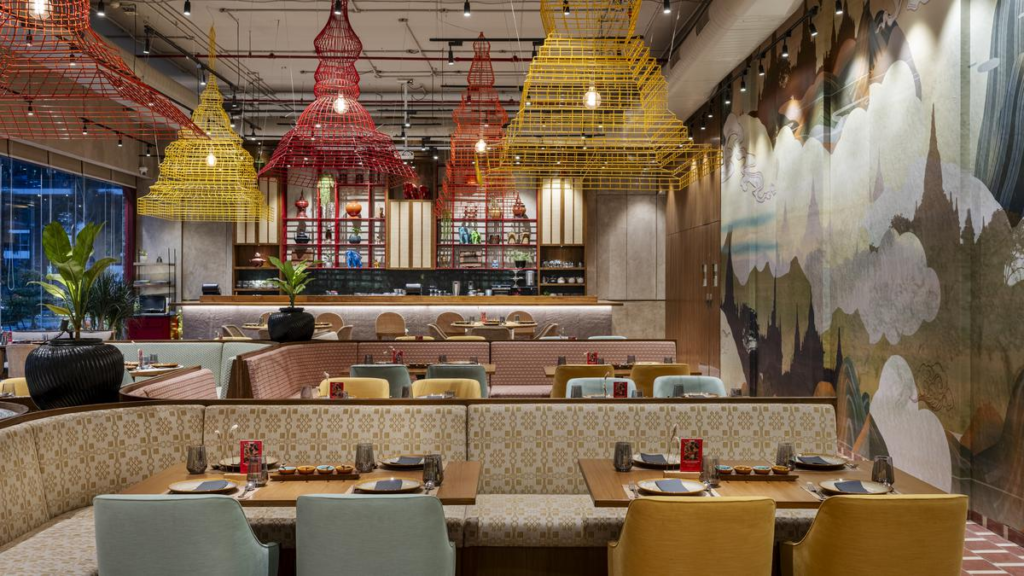
The menu comprises dishes and beverages inspired by street food in Burmese cities (itself an amalgamation of migrant food cultures) and tribal and heirloom recipes passed down through generations. There are delicious small plates, soups, refreshing salads, hearty mains, thirst-quenching coolers, mocktails and chilled bubble teas, decadent desserts, and artisanal, nostalgia-laced ice creams. There is a separate tea menu; besides the beverages, tea leaves are also used as an ingredient in some dishes, including a salad!
Starting Fresh & Flavourful
Burmese cuisine is characterized by sour, spicy, and robust flavours, with the use of kaffir limes, bandel cheese, pickled plum, balachaung peppers, sunflower seeds, and ‘laphet’ (pickled or fermented tea leaf). While we believe Burma Burma’s deliciously crunchy lotus stem chips deserve a patent, there is much more to be explored regarding small plates and serving salads and appetizers. The sunflower leaves and crispy wheat flakes salad, for example, inspired by delicacies of the Kachin region, is a palate pleaser while ticking all the right healthy checkboxes, with the crisp wheat flakes as well as the sunflower seeds and leaves being complemented by the tangy fresh tamarind chilli dressing. This was indeed a powerhouse with unique ingredients, as sunflower leaves, which were slightly bitter (like arugula) and chewy, are believed to have anti-inflammatory properties.
If you like your fries, you can’t miss Wa potatoes, the recipe derived from the Wa tribes: delicious potato sticks tossed in a wok with a seasoning of lemon leaf, crushed peanuts, roasted chillies, and brown onions. I also loved the umami-flavoured Trumpet Mushroom Steak, king oyster mushroom grilled to perfection with a chilli kaffir lime dressing and served with crisp morning glory and puffed black rice; it tasted as exotic and lovely as its description. If you like bao, the pillowy soft steamed buns known as Paukse are superb, with different fillings like the tofu one we tried.
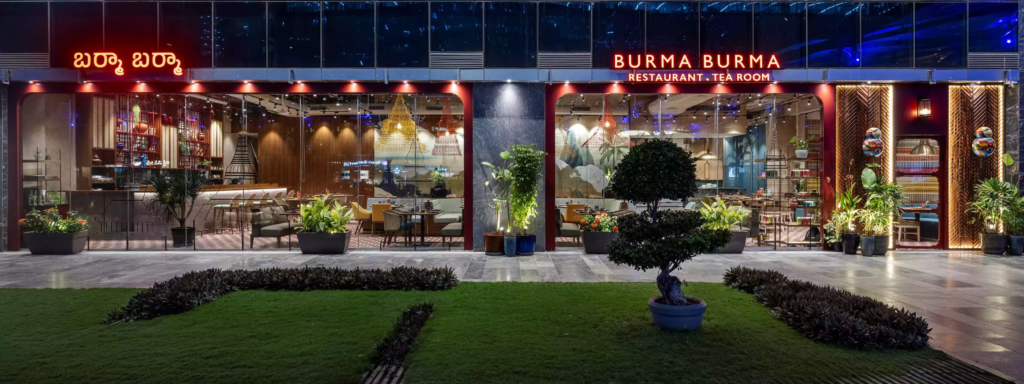
The Oh No Khow suey, of course, is ‘the’ signature main dish at Burma, a coconut-creamy and fragrant broth with diced Asian vegetables, and served with noodles (Udon, rice, Hakka or whole wheat) and a host of condiments (fried garlic, chilli flakes) according to one’s choice; there is also a dry khow suey version. Burmese Samosa Soup (Samuza Hincho), a crispy samosa dunked in a tangy soup with spiced black chickpeas and spring vegetables, an example of cross-cultural influences on Burmese food, evoked our curiosity.
Rice (including sticky rice leaf parcels) and noodles are a big part of the menu. We tried the Smoked Chilli Rice Bowl (jasmine rice, seasonal greens, and crackers tossed in smoked chilli sauce) with Rangoon Vegetable Curry, which was a great combination. Noodle lovers should order Mandalay Noodle Bowl, Udon noodle bowl with coconut curry, charred bok choy, and tofu, topped with crunchy shitake.
Distinct Desserts
Desserts are definitely the high point of Burma Burma. Don’t miss Street Style Burmese Falooda, a reimagined Burmese falooda with chilled coconut milk, sweet bread, basil seeds, black grass jelly, and sticky rice. Rangoon Baked Milk, made with house-baked milk, vanilla whipped ganache, raspberry gel, fried brioche, and a generous sprinkle of almond nougatine, also makes for an exotic, not-too-sweet dessert. Chocolate lovers should order the sinful Burma Bombe, which has chocolate ganache, moist chocolate cake, and sea salt caramel.
Artisanal ice creams are again not to be missed, especially the refreshingly distinct Honeycomb & Sweetcorn, a sweetcorn ice cream Popsicle with salted caramel popcorn and honeycomb crunch. Bubble teas, both milk-based and vegan, are on the menu, and a few good options are Taro Latte, Berry Matcha Citrus Hibiscus, and Yuzu Lemonade.
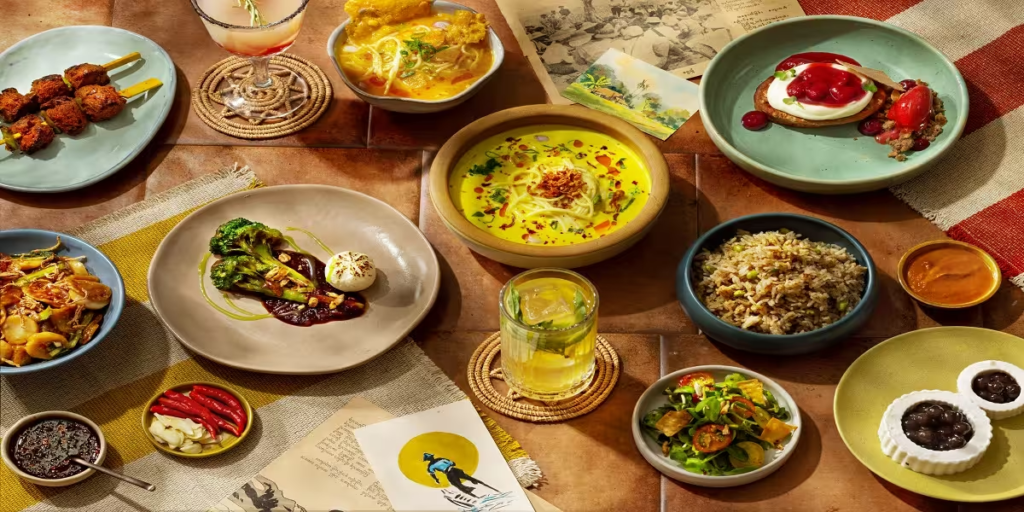
To conclude, Burma Burma offers more than Burmese food; it does its bit to get you close and personal with Burmese culture!
Burma Burma, Ground Floor, Unit No 4, Salarpuria Sattva Knowledge City,
HITEC City (Gate No 3), Raidurg. Hyderabad- 500081
Reservations: 04069443000 / 04069443001
Average meal for two: Rs. 1800 ++
Dine-in: Weekdays: 12:00 noon to 3:00 pm, 6:30 PM to 10:30 PM/ Weekends: 12:00 noon to 3:30 pm and 6:30 pm TO 10:30 pm

